Description
Purchase Description
- Aglaonema Widuri, Aglaonema Red Peacock Plant
- Product Material : Natural Plant With Pot , Quantity : 1
- Pot : Height : 5 Inches (13 cm), Pot Colour : Black (Plastic)
- Very easy to maintain and Suitable for gifting to Plant Lovers
Plant Description
Aglaonema is a genus of about 40 species of foliage plants in the family Araceae, native to the tropical swamps and rainforests of southeastern Asia, from northeastern India across southern China and Indonesia through New Guinea. All species are herbaceous. The generic name means “shining stamen” in Greek. No common name is widely used, though they are sometimes called "Chinese Evergreens".
They are herbaceous perennial plants growing to 20-150 cm in height. The leaves are alternate on the stems, lanceolate to narrowly ovate, dark to medium green, 10-45 cm long and 4-16 cm broad, depending on the species. The flowers are relatively inconspicuous, white or greenish-white spathes that can give way to red berries. The sap of this plant is poisonous to health. It causes skin irritation. If ingested, the sap causes irritation of the mouth, lips, throat and tongue
They are popular houseplants and ornamental plants for offices and shopping malls because they are among the easiest houseplants to grow. Numerous cultivars have been selected, including plants with variegated leaves. They prefer indirect light and partial shade. They do best in shadow-less light, such as a north window. They do not tolerate the cold; they should not be exposed to temperatures below 10°C, an optimum temperature for growing conditions between 20-30°C. High air humidity is also important. The primary production of Aglaonema is for use indoors where they can enjoy the same temperatures you do. Thousands of Aglaonemas in different colors and shapes are grown today for indoor use. Some of the newer varieties are available only in limited numbers and higher price.
One of the reasons for the Chinese Evergreen’s popularity and long life as an interior plant is their ability to cope with lower light levels. In their native surroundings they live on the dark tropical forest floor where they only occasionally receive a splash of bright sunlight.
Aglaonema Planting & Care
Light: Aglaonema likes low light. Too much light may cause its leaves to fade, though the variegated varieties require brighter light. Do not expose Aglaonema to direct sun.
Temperature: Aglaonema thrives in temperature between 20-30° C with high humidity.
Soil: A well-drained potting soil is perfect.
Water: Water thoroughly in the summer, reduce watering in monsoon and winter, but Keep potting mix evenly moist. Don't mist, which will cause to rot the leaves.
Fertilizer: A good organic fertilizer or liquid fertilizer during the growing season
Pest and Diseases:The most common insect or pest is foliar and root. Infested plants become stunted, and with severe infestations, plant parts begin to die.and cause few problems with this plant.
Most of the disease problems that Aglaonemas suffer are during the propagation stages and before cuttings have rooted. The most serious of all is the Erwinia bacteria, of which there are two kinds:
· Erwinia carotovora
· Erwinia chrysanthemi
The symptoms of Erwinia are a wet, slimy rot of leaves or stems, visually you’ll notice watery leaf spots and the centers of these spots will collapse or disintegrate.
When the leaves and stems become mushy they may have a foul smelly odor. You may think that the Erwinia is what causes the odor but it is the rapid decay of the plants cells that is rotting.
The best methods for controlling Erwinia are good culture, and starting with clean healthy cuttings. Growers use copper as a control that the homeowner probably will not have use of, but you can try sprays of vinegar solutions, which have been noted as helpful. You’ll have to experiment with different rates for yourself.
Disclaimer: The image is for reference purposes only. The actual product may vary in shape or appearance based on climate, age, height, etc.
Only logged in customers who have purchased this product may leave a review.

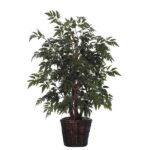

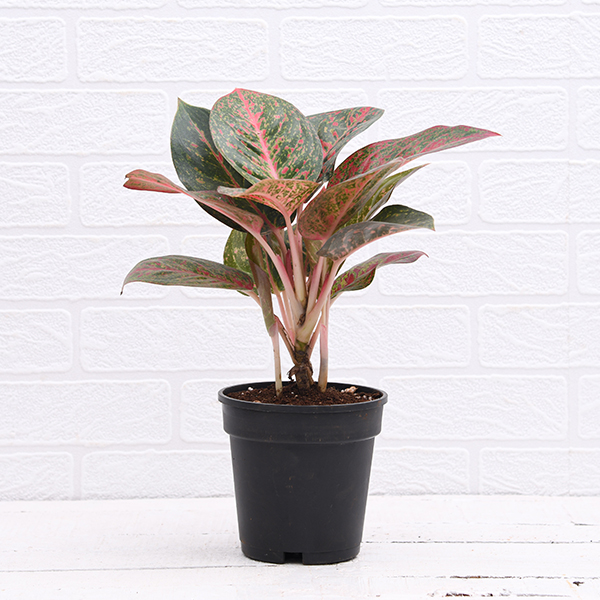
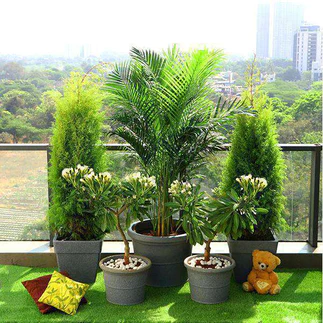
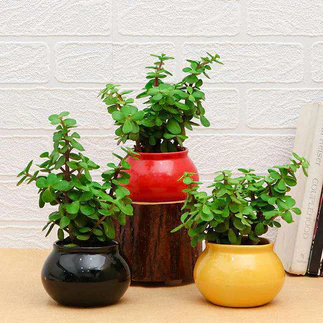
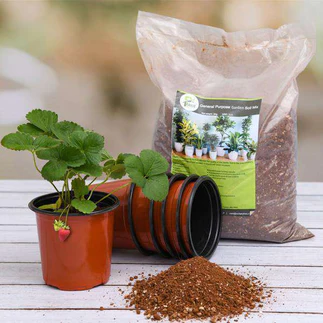
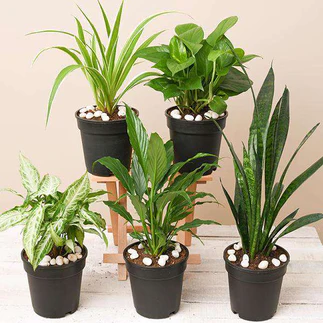
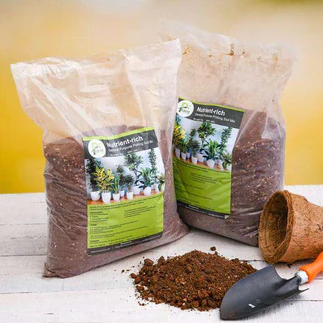
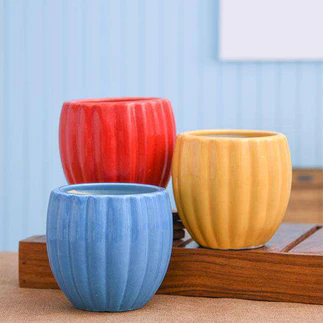
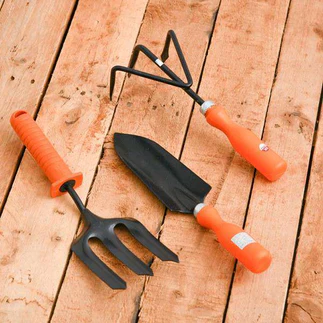
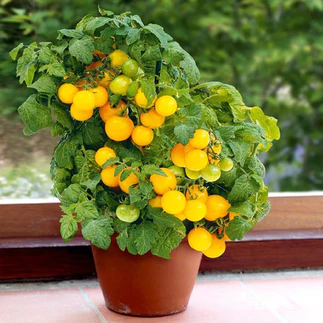
Reviews
There are no reviews yet.